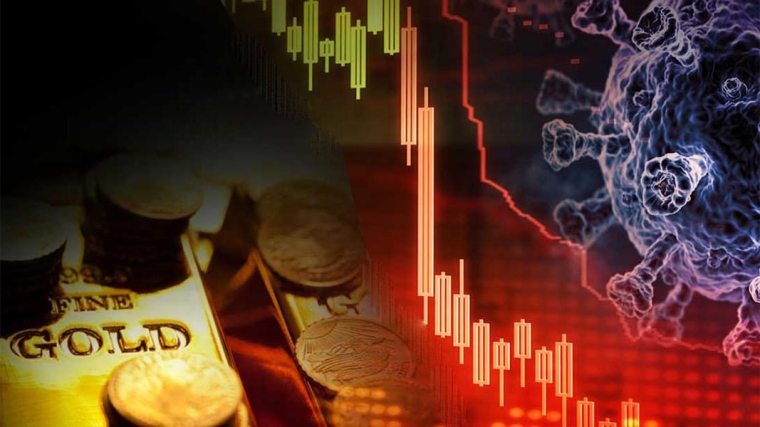
This is a re-post of a World Gold Council article. The original is here.
The global gold market was ravaged by COVID-19 disruption throughout the year, while record high prices were a mixed blessing.
Fourth quarter gold demand of 783.4 tonnes (excluding over-the-counter activity) was -28% lower y-o-y, making it the weakest quarter since the midst of the Global Financial Crisis in Q2 2008.
The coronavirus pandemic, with its far-reaching effects, was the driving factor behind weakness in consumer demand throughout 2020, culminating in a -14% decline in annual demand to 3,759.6 tonnes, the first sub-4,000 tonne year since 2009.
Gold jewellery demand in Q4 fell -13% y-o-y to 515.9 tonne, resulting in a full-year total of 1,411.6 tonne, -34% lower than in 2019 and a new annual low for our data series. While demand improved steadily from the severely depleted Q2 total, consumers across the world remained at the mercy of coronavirus lockdowns, economic weakness and high gold prices.
Bar and coin demand grew +10% y-o-y in Q4, pushing annual retail investment up +3% to 896.1 tonnes. Nevertheless, demand remained weak relative to the 10-year average (1,199.5t).
Despite 130 tonnes of outflows in Q4, gold backed exchange-traded funds (gold ETFs) saw record annual inflows: global holdings grew by +877.1 tonnes in 2020. In addition, evidence suggest that OTC activity, which is not directly captured in our data set, was also robust throughout the year.
Central bank buying slowed sharply in 2020, particularly in the second half of the year. Q4 saw a return to modest net buying (+44.8 tonnes) after the prior quarter’s small net sale. Annual central bank purchases came to 272.9 tonnes (-59%) of which 86% was added in H1.
The technology sector, impacted by disruption from COVID-19, saw gold usage decline -7% in 2020 to 301.9 tonnes. But the year ended on a relatively positive note, with Q4 seeing marginal y-o-y growth to 84 tonnes.
Total annual gold supply of 4,633 tonnes was -4% lower y-o-y, the largest annual fall since 2013. The drop was largely explained by coronavirus-related disruption to mine production, offset by a marginal +1% increase in recycling to 1,297.4 tonnes for 2020.

![]() Our free weekly precious metals email brings you weekly news of interest to precious metals investors, plus a comprehensive list of gold and silver buy and sell prices.
Our free weekly precious metals email brings you weekly news of interest to precious metals investors, plus a comprehensive list of gold and silver buy and sell prices.
To subscribe to our weekly precious metals email, enter your email address here. It's free.
Comparative pricing
You can find our independent comparative pricing for bullion, coins, and used 'scrap' in both US dollars and New Zealand dollars which are updated on a daily basis (restarting for 2021 on Monday) here »
Precious metals
Select chart tabs
2 Comments
Fill your boots while the fantasy crowd are focused on digital nothing’s and manipulated stocks.
Screw gold, get Gold 2.0 that they cant find and mine more of if the price goes up. Buy Bitcoin which has a predictable and unchangeable emission schedule.
https://www.bitcoinblockhalf.com/
We welcome your comments below. If you are not already registered, please register to comment.
Remember we welcome robust, respectful and insightful debate. We don't welcome abusive or defamatory comments and will de-register those repeatedly making such comments. Our current comment policy is here.